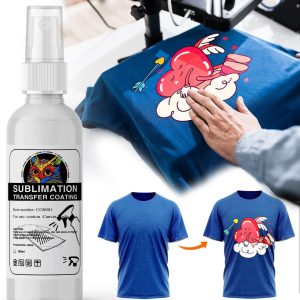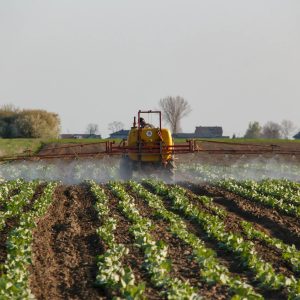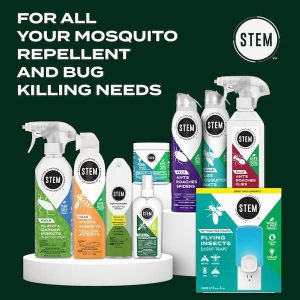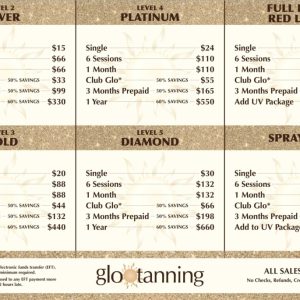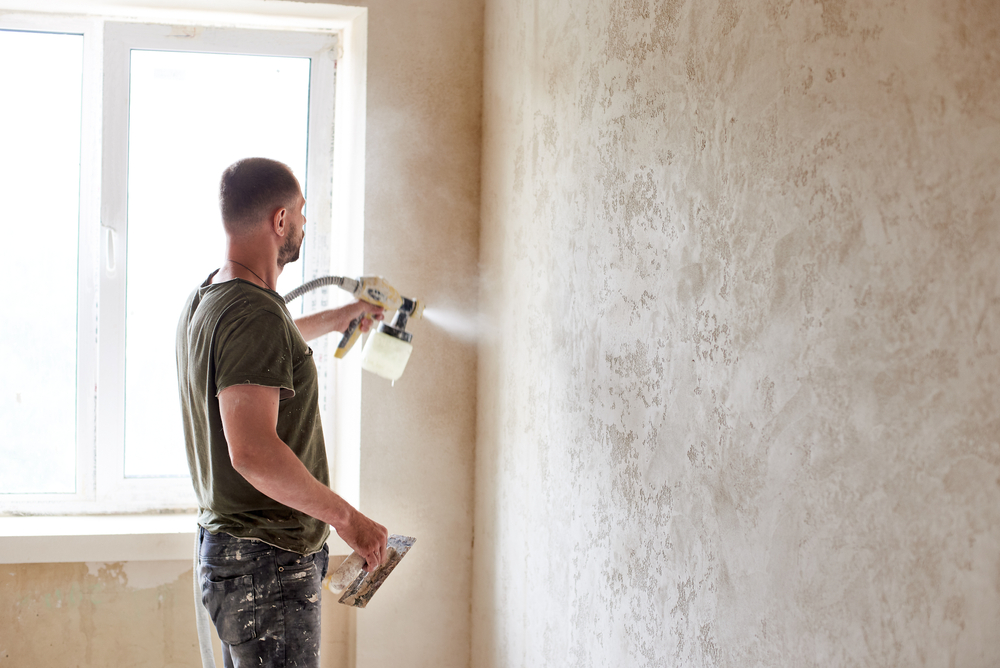
Whether you’re a professional contractor or a DIY enthusiast, choosing the right texture sprayer can make the difference between a mediocre finish and stunning professional results. Texture spraying has revolutionized how we approach wall finishing, offering faster application times and more consistent coverage than traditional hand-applied methods. This comprehensive guide will walk you through everything you need to know about texture spray equipment, from understanding different types to mastering application techniques.
The global wall texture spray market has grown significantly, with industry reports showing a compound annual growth rate of 5.8% from 2020 to 2025. This growth reflects the increasing popularity of textured finishes in both residential and commercial construction projects. Modern texture sprayers have evolved from simple pneumatic systems to sophisticated equipment that can handle everything from light orange peel textures to heavy knockdown finishes.
Understanding Texture Sprayers: Types and Applications
Hopper Guns: The Foundation of Texture Spraying
Hopper guns represent the most basic yet versatile category of texture spray equipment. These gravity-fed systems consist of a spray gun with an attached hopper that holds the texture material. The material flows down through the gun body and mixes with compressed air to create the spray pattern. Hopper guns are ideal for smaller projects and offer excellent control over texture consistency and spray patterns.
The primary advantage of hopper-style texture sprayers lies in their simplicity and affordability. Most professional painters and contractors start with hopper guns because they’re easy to clean, maintain, and operate. These systems work exceptionally well for standard drywall textures like orange peel, light knockdown, and popcorn ceiling removal preparation. The typical hopper capacity ranges from 1 to 3 gallons, making them perfect for single-room applications or touch-up work.
Pump-Fed Texture Spraying Systems
Pump-fed texture sprayers represent the next level in professional texture application equipment. These systems use mechanical pumps to deliver texture material from larger hoppers or containers directly to the spray gun, eliminating the need for gravity feed. This design allows for continuous operation on larger projects and provides more consistent material flow regardless of the gun’s orientation.
Professional contractors often prefer pump-fed systems for commercial projects because they can handle thicker materials and provide more consistent results over extended periods. These texture spray machines typically feature adjustable pressure controls, allowing operators to fine-tune the spray pattern for different wall surfaces and texture types. The investment in a quality pump-fed system pays dividends on projects larger than 1,000 square feet, where efficiency and consistency become critical factors.
Airless Texture Sprayers: Power and Precision
Airless texture sprayers represent the pinnacle of texture application technology. These systems use high-pressure pumps to atomize texture materials without requiring compressed air, resulting in faster application speeds and reduced overspray. Airless systems can handle the thickest texture materials and provide the most uniform coverage, making them essential for large commercial projects and high-volume residential work.
The key advantage of airless texture spray equipment lies in their ability to maintain consistent pressure and flow rates regardless of material viscosity. This consistency translates to uniform texture patterns across large wall surfaces, eliminating the patchy appearance that can occur with other spraying methods. Professional texture spraying contractors report up to 50% faster application times when using airless systems compared to traditional hopper guns.
Choosing the Right Texture Sprayer for Your Project
Project Size and Scope Considerations
The scale of your texturing project significantly influences the type of texture sprayer you should select. For small residential rooms or touch-up work, a quality hopper gun provides adequate performance while keeping costs manageable. These projects typically involve less than 500 square feet of wall surface and can be completed efficiently with gravity-fed systems.
Medium-sized projects, such as entire homes or small commercial spaces, benefit from pump-fed texture spraying equipment. These systems provide the consistency needed for uniform results across multiple rooms while maintaining reasonable equipment costs. The ability to work continuously without frequent refilling makes pump-fed systems ideal for projects ranging from 500 to 2,000 square feet.
Large commercial projects, multi-story buildings, or high-volume residential developments require the power and efficiency of airless texture sprayers. These systems justify their higher initial cost through increased productivity and superior results on projects exceeding 2,000 square feet. Professional contractors working on large-scale projects often find that airless systems pay for themselves within the first few jobs.
Material Compatibility and Viscosity Requirements
Different texture spray materials require specific equipment capabilities to achieve optimal results. Understanding material compatibility ensures you select equipment that can handle your preferred texture products without compromising performance or results.
Light textures such as orange peel and light knockdown work well with all types of texture sprayers. These materials have relatively low viscosity and flow easily through standard spray equipment. Most hopper guns can handle light textures effectively, making them cost-effective choices for projects using these finishes.
Medium-density textures including standard knockdown, Spanish lace, and stipple patterns require more substantial equipment. Pump-fed systems perform best with these materials, providing consistent flow and pressure needed for uniform pattern development. The mechanical pumps in these systems handle the increased material density without clogging or inconsistent spray patterns.
Heavy textures such as skip trowel, stomp brush, and decorative plaster finishes demand the power of airless texture sprayers. These thick materials would clog lighter equipment and require the high-pressure capabilities that only airless systems provide. Professional results with heavy textures are virtually impossible without appropriate airless spray equipment.
Essential Features to Look for in Professional Texture Spray Equipment
Pressure Control and Adjustment Systems
Variable pressure control represents one of the most critical features in professional texture spraying equipment. The ability to adjust spray pressure allows operators to match equipment performance to specific materials and desired texture patterns. Quality texture sprayers feature easy-to-use pressure adjustment mechanisms that provide precise control over material flow and atomization.
Analog pressure gauges provide real-time feedback on system performance, allowing operators to maintain consistent settings throughout the application process. Digital pressure controls offer even greater precision and often include memory settings for frequently used configurations. This feature proves invaluable when switching between different texture materials or working on projects requiring multiple texture types.
Professional-grade texture spray machines often include pressure relief valves and safety features that prevent over-pressurization and protect both equipment and operators. These safety systems automatically regulate pressure levels and prevent dangerous pressure buildup that could result in equipment damage or injury.
Material Flow and Volume Capabilities
The material handling capacity of your texture sprayer directly impacts productivity and results quality. Hopper capacity, pump flow rates, and material delivery systems all contribute to overall equipment performance and suitability for different project types.
Small hoppers (1-2 gallons) work well for detail work and small rooms but require frequent refilling on larger projects. Medium-capacity systems (3-5 gallons) provide a good balance between portability and productivity for most residential applications. Large-capacity systems (10+ gallons) are essential for commercial work where continuous operation is crucial.
Pump flow rates, measured in gallons per minute, determine how quickly you can apply texture materials. Higher flow rates enable faster coverage but may sacrifice some precision in texture pattern control. The ideal flow rate depends on your typical project requirements and the balance between speed and quality that best serves your clients.
Texture Sprayer Setup and Operation Techniques
Pre-Application Preparation and Equipment Setup
Proper texture sprayer setup begins long before you pull the trigger. Thorough preparation ensures consistent results and prevents common application problems that can ruin an otherwise perfect texturing job. Professional contractors follow detailed setup procedures that maximize equipment performance and minimize potential issues.
Surface preparation forms the foundation of successful texture application. All surfaces must be clean, dry, and properly primed before texture spraying begins. Dust, grease, or moisture on wall surfaces can interfere with texture adhesion and create uneven patterns. Professional preparation includes thorough cleaning, filling holes and cracks, and applying appropriate primer systems.
Equipment calibration involves testing spray patterns and adjusting pressure settings using sample materials on test surfaces. This process ensures your texture sprayer produces the desired pattern before beginning actual wall application. Smart contractors always test their equipment setup on cardboard or scrap drywall to verify pattern consistency and material flow rates.
Environmental controls significantly impact texture spraying results. Temperature, humidity, and air circulation all affect how texture materials behave during application and drying. Ideal conditions include temperatures between 65-75°F, relative humidity below 50%, and adequate ventilation to prevent rapid moisture loss that can cause texture cracking.
Application Techniques for Different Texture Patterns
Orange peel texture represents the most common residential wall finish and provides an excellent starting point for learning texture spraying techniques. This subtle texture requires consistent gun distance (18-24 inches from the wall) and steady horizontal passes with 50% overlap between spray bands. The key to successful orange peel texture lies in maintaining consistent pressure and gun speed throughout the application.
Professional orange peel application involves starting each wall section from the same corner and maintaining wet edges to prevent lap marks. The spray pattern should create small, uniform bumps that resemble citrus peel texture. Proper technique produces consistent coverage without heavy areas that require excessive sanding or light spots that show primer through the texture.
Knockdown texture builds upon orange peel techniques but adds a flattening step that creates the characteristic worn appearance. After spraying the initial texture pattern, contractors use wide putty knives or specialized knockdown tools to lightly flatten the texture peaks. The timing of this knockdown process is critical – too early results in over-flattening, while waiting too long makes flattening difficult and creates inconsistent patterns.
The key to professional knockdown results lies in maintaining consistent pressure during both the spraying and knockdown phases. Each spray pass should deposit uniform material thickness, and the knockdown tool should contact the texture at the same angle and pressure across the entire surface. This consistency creates the subtle variations that make knockdown texture visually appealing.
Troubleshooting Common Texture Spraying Problems
Inconsistent spray patterns rank among the most common issues encountered with texture spraying equipment. These problems typically stem from clogged spray tips, inconsistent material mixing, or improper pressure settings. Regular cleaning and maintenance prevent most pattern inconsistencies, while proper material preparation ensures uniform spray characteristics.
Clogged spray tips create irregular patterns that appear as streaks or gaps in the texture coverage. Prevention involves straining all texture materials before loading them into the sprayer and flushing the system with clean water between different materials. When clogs do occur, immediate cleaning with appropriate solvents prevents permanent damage to spray tips and internal components.
Material splatter and overspray problems often result from excessive spray pressure or improper gun distance from the wall surface. Reducing pressure settings and maintaining proper gun distance (typically 18-30 inches depending on the texture type) minimizes overspray while maintaining adequate coverage. Professional contractors use masking techniques and drop cloths to protect surrounding surfaces from texture overspray.
Texture adhesion failures manifest as areas where texture material doesn’t bond properly to the wall surface. These issues typically result from inadequate surface preparation, contaminated surfaces, or environmental conditions that prevent proper material curing. Proper primer application and surface cleaning prevent most adhesion problems, while controlling temperature and humidity ensures optimal curing conditions.
Maintenance and Care for Your Texture Spray Equipment
Daily Cleaning and Maintenance Procedures
Proper cleaning procedures extend equipment life and maintain consistent performance throughout your texture sprayer’s service life. Professional contractors follow detailed cleaning protocols that prevent material buildup and component damage while ensuring reliable operation on future projects.
Immediate post-use cleaning represents the most critical maintenance step for any texture spraying equipment. Texture materials left in spray systems can harden and create permanent blockages that require expensive repairs or component replacement. Professional cleaning begins immediately after completing each texture application, regardless of project size or material type.
The cleaning process starts with flushing all texture material from the system using clean water or appropriate solvents. This initial flush removes the bulk of material residue and prevents it from hardening in internal passages. Following the initial flush, contractors disassemble removable components including spray tips, filters, and hoses for thorough individual cleaning.
Component inspection during cleaning allows early detection of wear or damage that could affect future performance. Spray tips show wear patterns that indicate when replacement is necessary, while seals and gaskets may show signs of material compatibility issues or normal aging. Replacing worn components during routine maintenance prevents equipment failures during critical project phases.
Long-Term Storage and Seasonal Maintenance
Proper storage procedures protect texture spraying equipment during periods of non-use and ensure reliable startup when work resumes. Professional contractors follow specific storage protocols that prevent corrosion, seal damage, and internal component deterioration during extended storage periods.
Complete system flushing with appropriate preservation fluids prevents corrosion and seal damage during storage. These specialized fluids coat internal surfaces and prevent moisture accumulation that can cause rust or corrosion damage. The preservation process includes circulating fluids through all system components and ensuring complete coverage of internal surfaces.
Environmental storage conditions significantly impact equipment longevity and reliability. Texture sprayers should be stored in clean, dry environments with stable temperatures between 40-80°F. Extreme temperatures can damage seals and internal components, while moisture promotes corrosion and bacterial growth that can contaminate future texture applications.
Professional Tips for Maximizing Texture Sprayer Performance
Advanced Techniques for Superior Results
Spray pattern overlap techniques separate professional results from amateur applications. Proper overlap ensures uniform coverage without creating visible seams or texture variations. Professional contractors maintain 30-50% overlap between spray passes, depending on material type and desired texture density.
The key to effective overlap lies in maintaining consistent gun speed and distance throughout each pass. Varying these parameters creates density variations that become visible after the texture dries. Professional contractors practice maintaining steady movement patterns that create seamless texture coverage across large wall surfaces.
Multi-coat application techniques allow creation of complex texture patterns that aren’t possible with single-pass applications. These advanced techniques involve applying base coats with specific patterns, allowing partial drying, then applying additional coats with different spray settings to create depth and visual interest.
Cost-Effectiveness and ROI Considerations
Equipment investment analysis helps contractors select texture spraying equipment that provides optimal return on investment. The initial cost of professional texture sprayers must be balanced against increased productivity, improved results quality, and reduced labor costs over the equipment’s service life.
Professional-grade texture sprayers typically cost 2-3 times more than basic models but provide productivity improvements that justify the additional investment. Contractors report 40-60% faster application times with professional equipment, translating to significant labor cost savings on larger projects. The improved consistency and quality of professional results also reduce callbacks and warranty issues that can impact profitability.
Maintenance cost considerations factor into long-term equipment economics. Higher-quality texture sprayers generally require less frequent repairs and have lower operating costs over their service life. Professional contractors track maintenance costs and equipment downtime to make informed decisions about equipment replacement and upgrade timing.
Safety and Best Practices for Texture Spraying
Personal Protective Equipment and Safety Protocols
Respiratory protection represents the most critical safety consideration for texture spraying operations. Texture materials create airborne particles that can cause respiratory irritation or long-term health issues without proper protection. Professional contractors use NIOSH-approved respirators rated for the specific materials being sprayed.
Eye and skin protection prevents contact with texture materials that can cause irritation or allergic reactions. Safety glasses with side shields protect against material splatter, while chemical-resistant gloves prevent skin contact with potentially irritating texture compounds. Long-sleeved clothing and head covers provide additional protection during extended spraying operations.
Ventilation requirements ensure adequate air circulation during texture spraying operations. Proper ventilation removes airborne particles and prevents accumulation of material vapors that could create health hazards or fire risks. Professional contractors use exhaust fans and ensure adequate fresh air supply in work areas.
Environmental and Workspace Safety
Material handling safety involves proper storage, mixing, and disposal of texture materials. Many texture compounds contain chemicals that require specific handling procedures to prevent environmental contamination or worker exposure. Professional contractors follow manufacturer safety data sheets and local environmental regulations for all material handling operations.
Equipment safety protocols prevent accidents and injuries during texture spraying operations. High-pressure spray equipment can cause serious injuries if mishandled, making proper training and safety procedures essential. Professional contractors implement lockout/tagout procedures for equipment maintenance and ensure all operators understand pressure safety requirements.
Conclusion: Mastering Professional Texture Spraying
Selecting and operating the right texture sprayer transforms ordinary walls into professionally finished surfaces that enhance any space. Understanding the differences between hopper guns, pump-fed systems, and airless texture sprayers allows you to choose equipment that matches your project requirements and budget constraints. Proper setup, operation, and maintenance procedures ensure consistent results and maximum equipment life.
Professional texture spraying success depends on combining quality equipment with proper techniques and safety practices. Whether you’re starting with a basic hopper gun for small residential projects or investing in sophisticated airless systems for commercial work, following the guidelines in this comprehensive guide will help you achieve professional results that satisfy clients and build your reputation.
The texture spraying industry continues evolving with new materials, equipment innovations, and application techniques. Staying current with these developments and maintaining high standards for equipment care and operation ensures continued success in this rewarding field. Professional contractors who master texture spraying techniques often find it becomes one of their most profitable and satisfying specialties, combining technical skill with artistic creativity to transform ordinary surfaces into beautiful, professionally finished walls.

